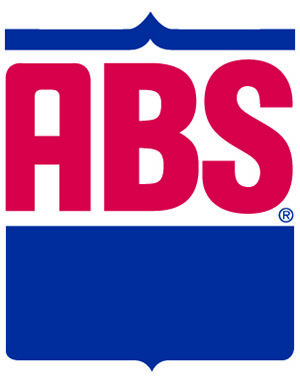While many of you were attending World Dairy Expo in Madison, Wisconsin, I was in Rome, Italy, at the joint meeting of the United Nations Food and Agriculture Organization (FAO) and the International Feed Industry Federation (IFIF). As global agriculture continues to evolve, it is increasingly important to have coordination and cooperation between nations, feed associations, regulatory bodies, scientists and feed companies from around the world. FAO has been charged by the UN to increase the supply and security of food for the world. Most of its resources are spent assessing the supply of food in the world and what can be done to make it available and affordable to more of the world’s population.
IFIF is a 25-year-old organization of multinational feed and feed ingredient companies and trade associations, working to harmonize regulations and reduce barriers to imports and exports of feeds and ingredients. It also takes a leadership role in feed and food safety improvement.
What is the common ground between these organizations? The joint meeting’s discussion topics included:
• Codex Task Force on Animal Feeding: Codex is the FAO/ World Health Organization (WHO) commission that sets standards, guidelines and codes of practice for animal feeding and feed ingredients. FAO/IFIF provides expert information and assistance in developing practical recommendations that may form the basis of future regulations.
• Environmental sustainability of livestock production: You may remember the controversy stirred up by the FAO report “Livestock’s Long Shadow.” If so, you understand the need for industry involvement in ensuring the science, methodology and assumptions used to develop these reports are based on solid, factual numbers.
Livestock production has been singled out as a major cause of environmental changes – based on faulty data. This is some of the background information activist groups use to make their case that animal agriculture should be curtailed or even outlawed.
A new study, chaired by Dr. Frank Mitloehner of the U.S., will review and update the data. This new report will show that the first was flawed and that livestock are an important factor in improving the use of resources to feed people.
• Global feed statistics and market outlook: As much as we might argue about the accuracy of USDA crop reports here in the U.S., the rest of the world is almost blind on what grain stocks might be, the number of animals being fed or just how many tons of feed production a particular region or country has.
So what was accomplished that might affect your operation? Honestly, in the short term, probably not much.
However, the long-term picture is different. We know that growth in U.S. dairy production will greatly depend on exports, especially as a number of countries develop the resources to enjoy cheese, butter and yogurt. If exporting is going to take place, you need a strong set of regulations that are based in practical science for all to use.
Too many regulations could build barriers to trade. Preventing this will be critical in allowing food products both into and out of markets.
Free trade creates more opportunities and decreases unfair production advantages. In turn, this allows American producers to fully express their production and marketing abilities on a level playing field.
We must be at the table, participating in the discussions, defining what is or isn’t a problem and shaping these proposed regulations. If we aren’t, these regulations will simply be imposed on us and we’ll effectively be shut out of markets we should be able to access. Everyone loses – from the farm to the plate.
Now that I’m back in the U.S., I’m again submerged in the world of political ads and debates as Election Day approaches.
Here’s one thing I suggest you watch: On November 6, Californians will vote on Proposition 37. Also known as The California Right to Know Genetically Engineered Food Act of 2012, Proposition 37 would require genetically modified (GMO) labeling on food products.
This issue is getting a lot of TV ads and media attention. Both the supporters and opponents are very vocal. As usual, these debates are accompanied by much misinformation and conjecture about the effects of GMOs and the labeling requirements that could be instituted.
I’ll keep my thoughts about all this to myself. But suffice it to say that requirements like this would most likely start a trend on a national and international basis.
This again will raise issues in the minds of consumers about the safety of the food they eat based on something other than scientifically determined standards.Ultimately, that increases the cost and decreases the choices available to consumers. That’s a bad omen in my mind. PD
Gunderson is vice president of sales and marketing for the Vita Plus Corporation and chair of the American Feed Industry Association.





